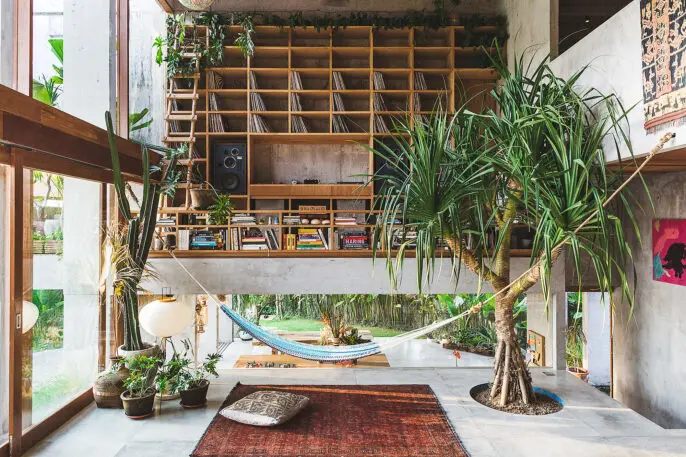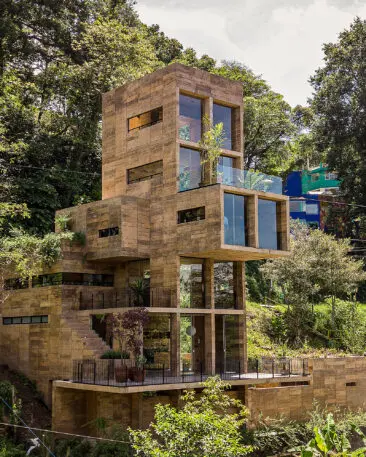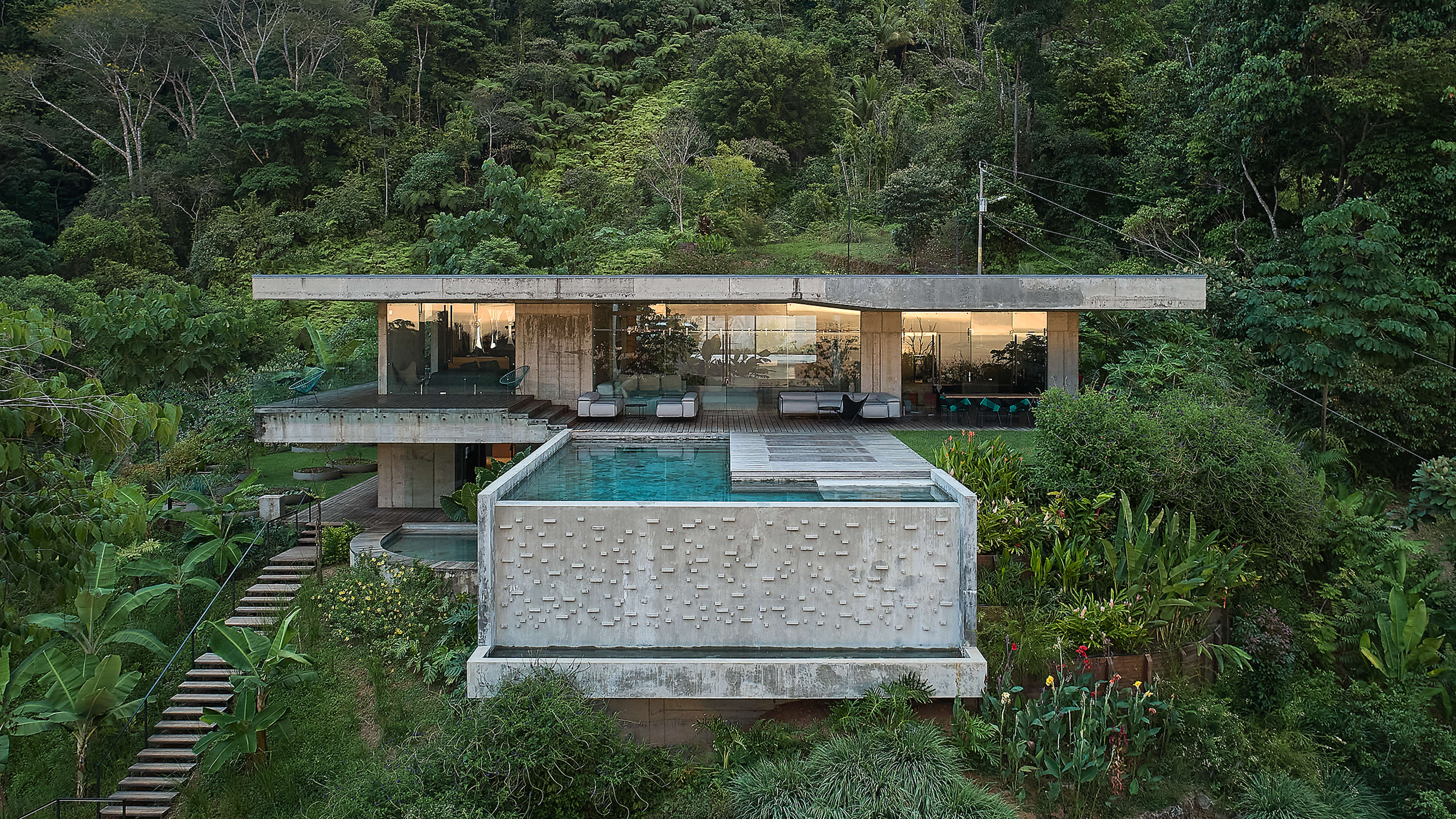Amid ferns and fronds, in the drip of a rainforest or the humid stickiness of a jungle, the hulking gray mass of concrete is increasingly present.
One of the world’s most used materials has become the building material of choice in the wet and wild tropical zones of the world. A new book, Concrete Jungle: Tropical Architecture and its Surprising Origins, shows how concrete-based buildings have taken over the tropics, from Mexico to Brazil to India to Vietnam. Inspired by modernist architecture and design concepts dating back to the early 1900s Bauhaus design school in Germany, the architecture of the jungle is unexpectedly Brutalist.

The book profiles notable buildings from the 1940s through the 1970s, including private residences designed by celebrated architects like Oscar Niemeyer, Luis Barragan, and Le Corbusier. It also features about 30 projects from the past two decades that build on these legacies, pushing concrete in new directions.
“In the tropics, the boundary between the built and the natural only blurs more with time,” says Masha Erman, one of the book’s editors at publisher Gestalten.
Concrete is a material made for the moist and verdant conditions of tropical climates. It’s physically and seismically durable, low-maintenance, and resistant to the rot that can seep in from dripping rainforests and humid jungles. It’s also a kind of self-regulating temperature control system, with its dense mass capable of absorbing heat during the day and gradually releasing it during the cooler night. There are also architectural possibilities with concrete that can improve its ability to withstand the elements. “The option to mold concrete into any shape provides the possibility for overhangs or louvres that cast shade and protect from the sun,” Erman says.

Those factors are the reason a place like the tropical island of Okinawa, Japan, has almost nothing but concrete buildings, many of which are stunning pieces of Brutalist architecture. But concrete also has significant environmental downsides and a high carbon footprint, especially when it’s produced conventionally. A growing number of companies, including some of the world’s biggest concrete producers, are developing concretes that do less harm while providing similar structural benefits.
Around the world, concrete is continually being poured to create tropical homes and buildings that unexpectedly jibe with the lush tropical spaces around them.
One exemplary project from the book is the Zoncuantla Apartments in the Mexican state of Veracruz. Designed by RP Arquitectos, the vertical concrete building emerges from the ground like a stack of Tetris blocks made of mud. “It takes the adoption of local context to the next level. To fit the structure in the context of ochre buildings of brick and wood, the architects pigmented the concrete with soil from the site, which creates an impression of the structure growing out of the earth,” Erman says. “Tropical Modernism at its best.”
Recognize your company's culture of innovation by applying to this year's Best Workplaces for Innovators Awards before the extended deadline, April 12.
